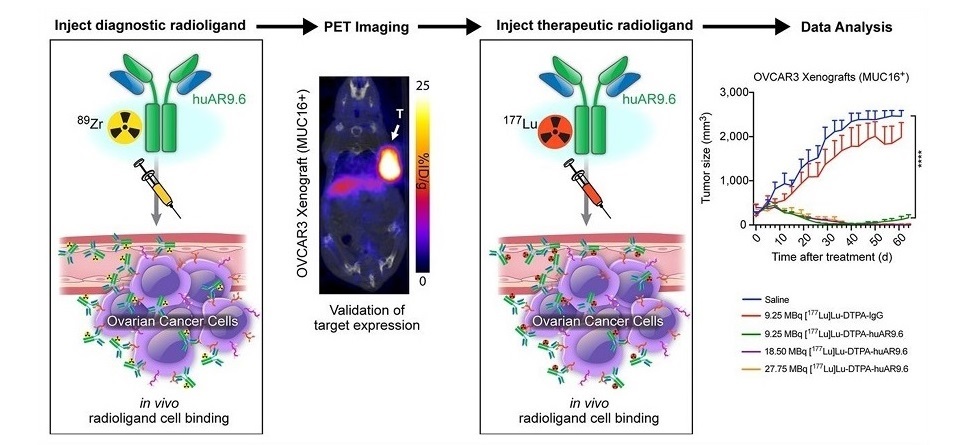Combined PET/MR Imaging Technique Can Diagnose Cause of Unclear Foot Pathologies
By MedImaging International staff writers
Posted on 17 Mar 2015
Researchers investigated different imaging methods to diagnose the cause of foot pain, a common ailment, which can be a clinical symptom for stress fractures or tumors.Posted on 17 Mar 2015
The Researchers compared the use of a Positron Emission Tomography/Magnetic Resonance (PET/MR) exam, to PET/CT (Computed Tomography) in 22 patients with inconclusive diagnosis of foot pain following a clinical examination and radiography.
The study was promoted by the Society of Nuclear Medicine and Molecular Imaging (SNMMI; Reston, Virginia, USA).
The results of the study showed that 18F-fluoride PET/MR provides more diagnostic information with higher diagnostic certainty than 18F-fluoride PET/CT. In addition the PET/MR scan allows for a longer PET acquisition time, resulting in a lower patient exposure time than with CT.
The researchers published the results of their study in the March 2015 issue of the Journal of Nuclear Medicine.
Isabel Rauscher, corresponding author of the study, commented, “In our study, 18F-fluoride PET/MR provided more diagnostic information at a higher diagnostic certainty compared to 18F-fluoride PET/CT in patients with foot pain of unclear cause. Besides information on bone metabolism, it provides additional diagnostic relevant findings from soft-tissue and bone marrow pathology (e.g., bone marrow edema, ganglion cysts or tenosynovitis) compared to PET/CT.”
Related Links:
Society of Nuclear Medicine and Molecular Imaging (SNMMI)














